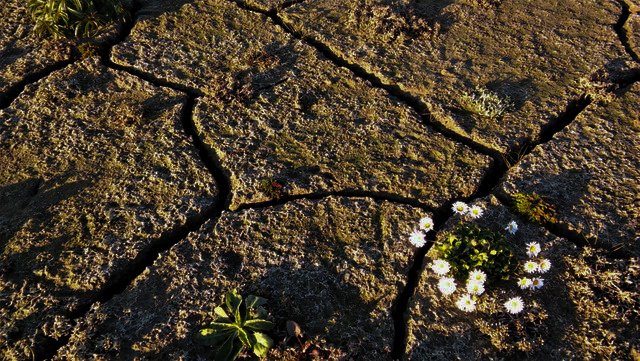Life in the dryness | Vida en la sequedad || @rafabr
Life in the dryness | Vida en la sequedad
https://www.elmundo.es/sociedad/2017/04/03/58e24ac4ca47419c088b45d0.html
2018 has brought more rainfall so the reservoirs contain much more water, but that does not mean that in 2019 things will not get worse.
If in the temperate zones the situation is like that, let's think how the warm zones will be.
All this is generated by the global warming in its majority. If we do not do something to stop it little by little, in a few years the warm zones will no longer be near the equator, will be for most of the planet
https://www.elmundo.es/sociedad/2017/04/03/58e24ac4ca47419c088b45d0.html
2018 ha traído más precipitaciones por lo que los embalses contienen mucha más agua, pero eso no quiere decir que en 2019 las cosas no vayan a peor.
Si en las zonas templadas está así la situación, pensemos como estarán las zonas cálidas.
Todo esto está generado por el calentamiento global en su mayoría. Si no hacemos algo para pararlo poco a poco, dentro de unos años las zonas cálidas ya no estarán cerca del ecuador, estarán por la mayoría del planeta
Pic/Foto

App: Adobe Photoshop Express
Make with|Realizada con: Cámara | Camera :Lumix 5X optical zoom
Do not plagiarize | use the photo|No plagiar/usar la foto
More about me | Más sobre mí:
https://steemit.com/@rafabr || https://deals.weku.io/@ralu
Have a great day!